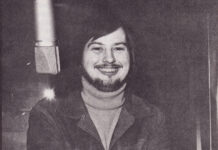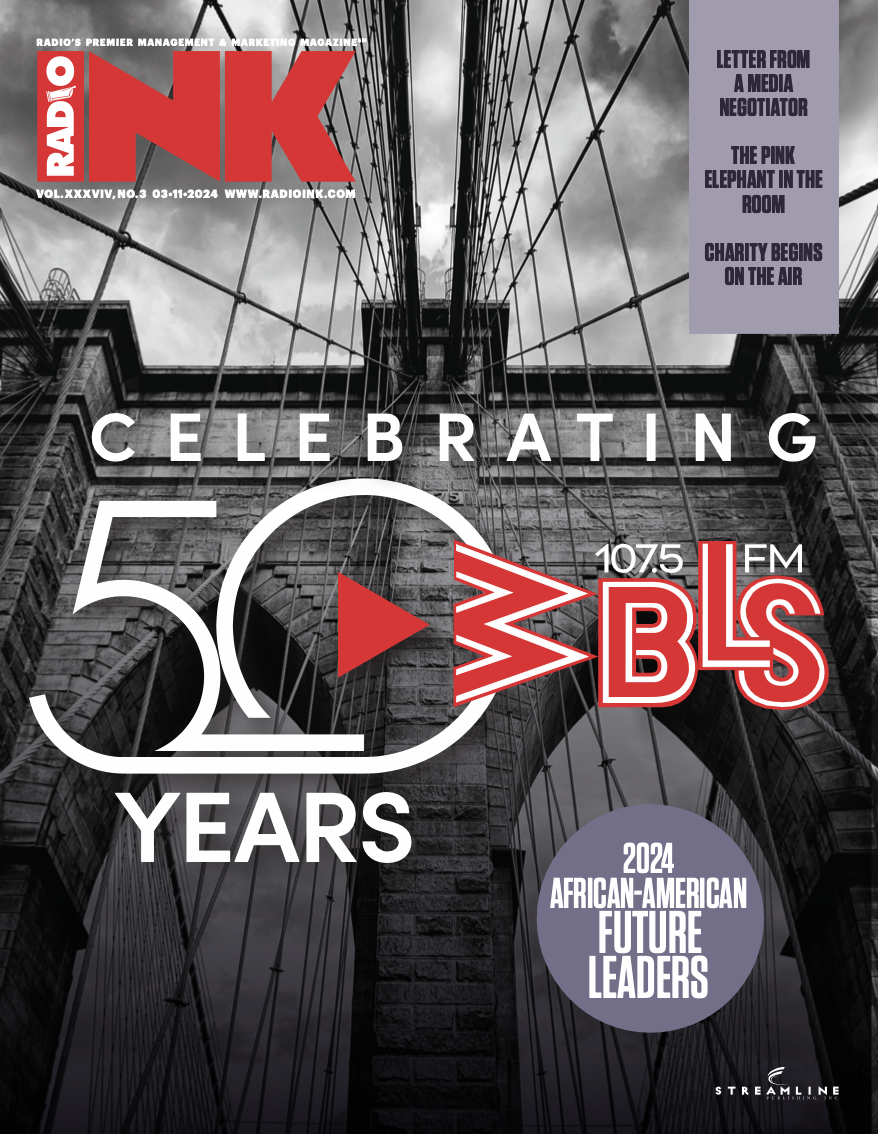
In comments submitted to The FCC, The National Association of Broadcasters is very critical of the super local Zonecasting technology GeoBroadcast Solutions has been testing at two stations. GBS has fired back, defending the testing.
GeoBroadcast is seeking to change an FCC rule that would allow stations to broadcast geo-targeted content including news, traffic and advertising, for five minutes or less per hour. The technology is being tested in San Jose at KSJO-FM and in Jackson, Mississippi at WRBJ-FM. The five minute rule was apparently chosen as the jumping off point before it was determined that a geo-targeting signal becomes its own independent radio station.
The NAB says the tests GBS has conducted are either invalid and/or useless, and do not support GBS’s claim that ZoneCasting can be deployed without negatively impacting the listener experience. “To the contrary, these tests – and the fact that more robust, objective tests were not pursued – make clear that ZoneCasting will cause unacceptable interference that harms consumers and undermines the public interest.”
One of the advantages the technology would bring to stations is an ability to increase ad revenue by targeting smaller businesses in specific areas that, perhaps, cannot afford the higher rates on the station. Or, for advertisers who know their customers are only going to travel a mile or two to their location. The rule change would allow stations to geo-target right to those areas.
An example of how this might work would be two Toyota car dealerships on opposite sides of town. If the ads are geo-targeted the dealerships can each get their own tag, at the end of a commercial, so listeners in their area can hear that advertiser’s specific location and telephone number and not the other.
The NAB says the tests GBS is conducting only puts the system’s best foot forward and did not put the technology through any real world challenging scenarios. The trade organization comments that the tests only show the reviewers what the system’s proponent wants them to see. The NAB says the tests were merely cosmetic.
In comments submitted to The Commission Tuesday, the NAB writes that it went into the proceeding with an open mind. “We supported public consideration of GBS’s Petition for Rulemaking proposing ZoneCasting, and commended the FCC for exploring new ways to help local radio remain a robust service for the American public. However, the radio industry’s subsequent examination of GBS’s proposal revealed certain fatal flaws in GBS’s policy rationale. Now, in addition to GBS’s flawed policy justifications, the radio broadcasting industry has concluded that GBS’s technical claims are defective as well, and permitting ZoneCasting’s operation will almost certainly drive listeners away from terrestrial radio.”
The NAB concluded that “ZoneCasting will cause unavoidable, unresolvable interference that will harm listeners in large geographic areas.”
GBS Spokesperson Robert Udowitz responded to the NAB filing. Here’s what he told Radio Ink. “We’re confident that geo-targeting technology for radio is a viable and outstanding opportunity for radio stations, listeners, and advertisers. Interestingly, our critics were once our champions, including NAB which first supported geo-targeting radio technology because it was clear that hyper local is in the interest of an industry dedicated to localism. Then for some reason, the NAB switched sides, and the reasons for the about-face continue to shift. First, it was because the technology was racist. When that was shown to be false, the NAB insisted geotargeting would be bad for business. This was provably false given every other communications platform can and does geo-target its audience. So now, in the final stages of the FCC’s review, the NAB claims geotargeting is somehow unsafe. Whatever the NAB’s motivations may be, the FCC’s record shows that the vast majority of radio station owners support geotargeting.”
Udowitz tells Radio Ink the tests show 100% that the technology will not interfere with other radio stations. He says the GBS technology has been tested by Dennis Roberson, the CEO of Roberson and Associates, a technology and management consulting company that has government, commercial, and academic customers. Roberson’s company provides specialized engineering focused services in the areas of radio frequency spectrum management, RF measurement and analysis, strategy development, and technology management.”
Roberson issued two reports that prove the technology does not cause interference. You can read those reports HERE and HERE. On Tuesday we spoke to Roberson who said the NAB does not have a legitamate concern regarding the technology and, with the comments they’ve filed, they are only trying to discredit his reports. He says this is good technology that will benefit the radio industry.
Read the 27-page NAB filing HERE.
Comments are due by June 21st, then The FCC will look at all sides and issue a decision. The Commission could also decide to order more testing.






As Tom aptly pointed out, planning for one or more booster stations that actually replicate primary program audio is very tricky, only practical for locations where the primary signal is severely shadowed by terrain. “Geo-casting” will encourage the deployment of these boosters to locations where the interference zone will often not be steerable over non populated areas and where, like picket fencing of reflections, neither the primary signal nor the Geo-cast content will win out. It’s fallacious to compare this service to geotargeting of Internet streams where GPS data from the moving vehicle could be used to choose which stream to permit. Apples and oranges!
The problem here is physics. “Geo-casting” uses on channel boosters, which can work in hilly terrain where the booster signal is sheltered from the main channel. Even then there are transition zones of interference, which vary with weather. I have a booster, so I know.
The standard chart the FCC uses to determine FM station coverage is the 50/50 chart. Based on an antenna 30 feet above ground, the signal at a given location AT ANY POINT in time may be 50% higher or lower 50% of the time.
In other words, at the corner of Front and Second, the booster signal may completely surpress the main signal on Tuesday, but then be chewed up by the main signal on Friday. While 3 miles away in downtown, the main signal dominates with no trace of the booster Wednesday, but is destroyed by the booster signal on Monday.